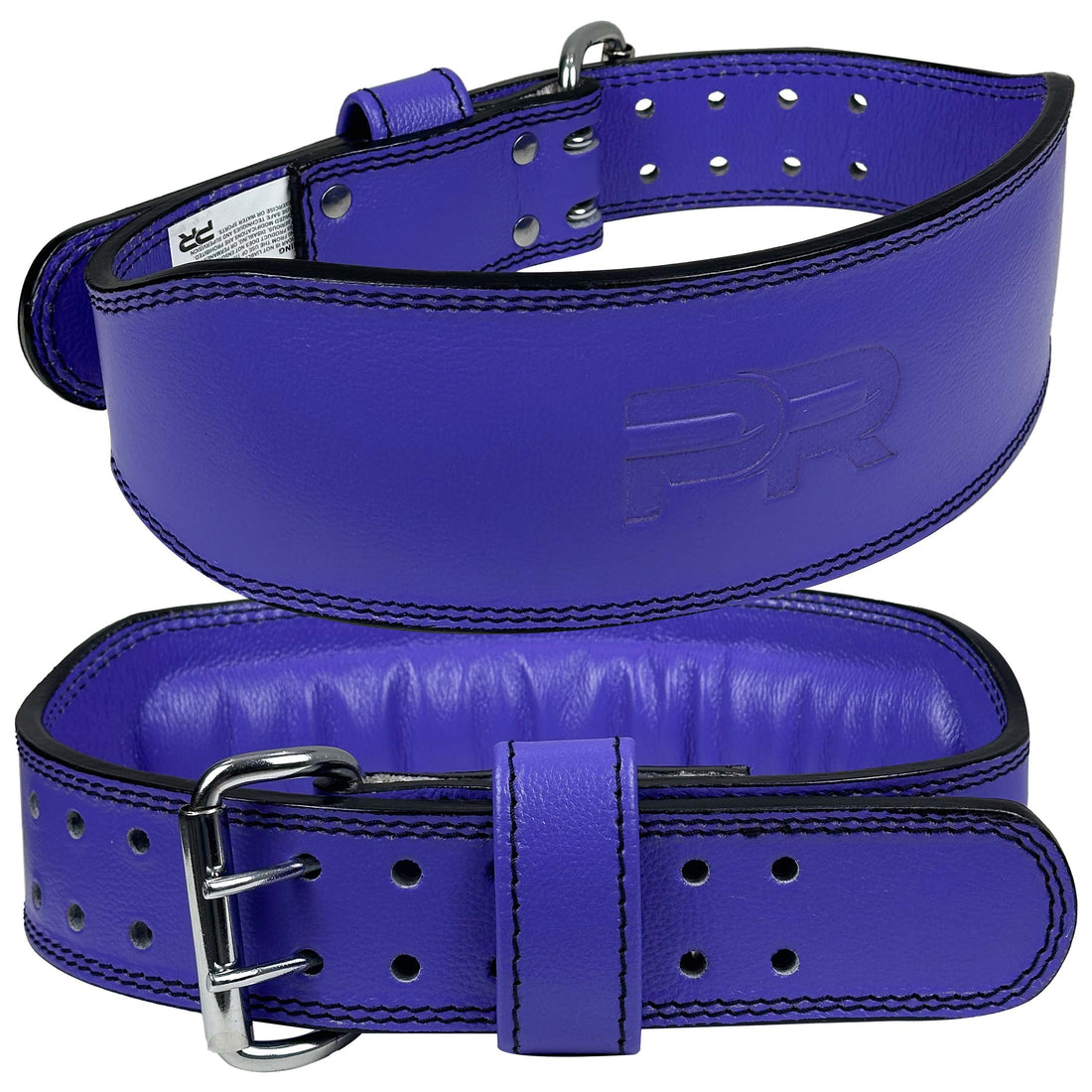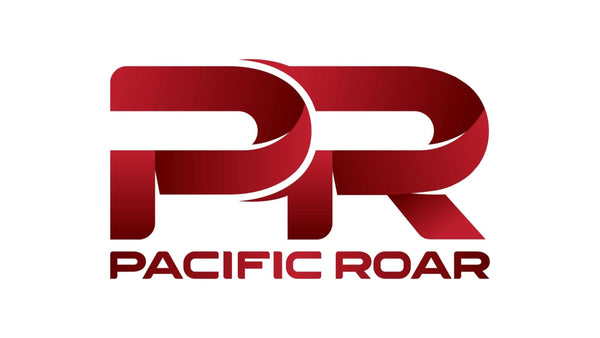
High Quality Full-Grain Leather vs Lower Grade Leather vs Nylon Belts: Which Should You Choose?
Share
Introduction
When it comes to weightlifting belts, the material you choose matters more than you might think. Your belt isn’t just another gym accessory — it’s a safety tool, a performance enhancer, and in many cases, a long-term investment. But with options ranging from high-quality full-grain leather to lower grade leather and nylon belts, how do you know which is right for you?
In this guide, we’ll break down each type, their pros and cons, and who they’re best for, so you can train with confidence and the right support.
1. Full-Grain Leather Belts - The Gold Standard
What is it?
Full-grain leather is made from the top layer of the hide, retaining all the natural grain. It’s the most durable, supportive, and premium option on the market.
Pros:
- Exceptional durability — can last decades with care
- Maximum support and stiffness for heavy lifts
- Natural molding to your torso over time
- Ages beautifully with a patina
Cons:
- Longer break-in period
- Heavier and less flexible for dynamic movements
- Higher cost
Best For:
Powerlifters, strongman competitors, and serious strength athletes lifting heavy, low-rep loads.
2. Lower Grade Leather Belts - Budget-Friendly but compromised
What is it?
These belts use split leather, bonded leather, or multiple filler layers glued together. They’re more affordable but lack the long-term resilience of full-grain leather.
Pros:
- Lower cost
- Softer feel, breaks in quickly
- Works for casual lifters or beginners
Cons:
- Prone to stretching and cracking over time
- Less consistent support
- Often made with filler materials that degrade faster
Best For:
Beginner to intermediate lifters who want an entry-level belt but aren’t lifting near-maximal weights regularly.
3. Nylon Belts – Lightweight and Flexible
What is it?
Made from heavy-duty nylon with Velcro or buckle closures, these belts prioritize comfort and versatility over rigidity.
Pros:
- Lightweight and comfortable
- Flexible for Olympic lifts, CrossFit, and functional training
- Quick to adjust between movements
- No break-in needed
Cons:
- Less rigid support compared to leather
- Velcro can wear out over time
- Not ideal for maximum powerlifting loads
Best For:
Athletes in CrossFit, Olympic lifting, or circuit training who value mobility and quick adjustment.
Final Thoughts
Your belt should match your training style, lifting intensity, and longevity expectations. If you want a lifetime belt for heavy lifting, full-grain leather is unbeatable. If you’re starting out or lifting moderate loads, lower grade leather can work as a stepping stone. And if your training is high-intensity, varied, and mobility-focused, nylon belts might be your best bet.
Call to Action:
Pacific Roar specializes in premium full-grain leather lifting belts built for serious lifters. If you’re ready to experience the gold standard in support, explore our collection today.
